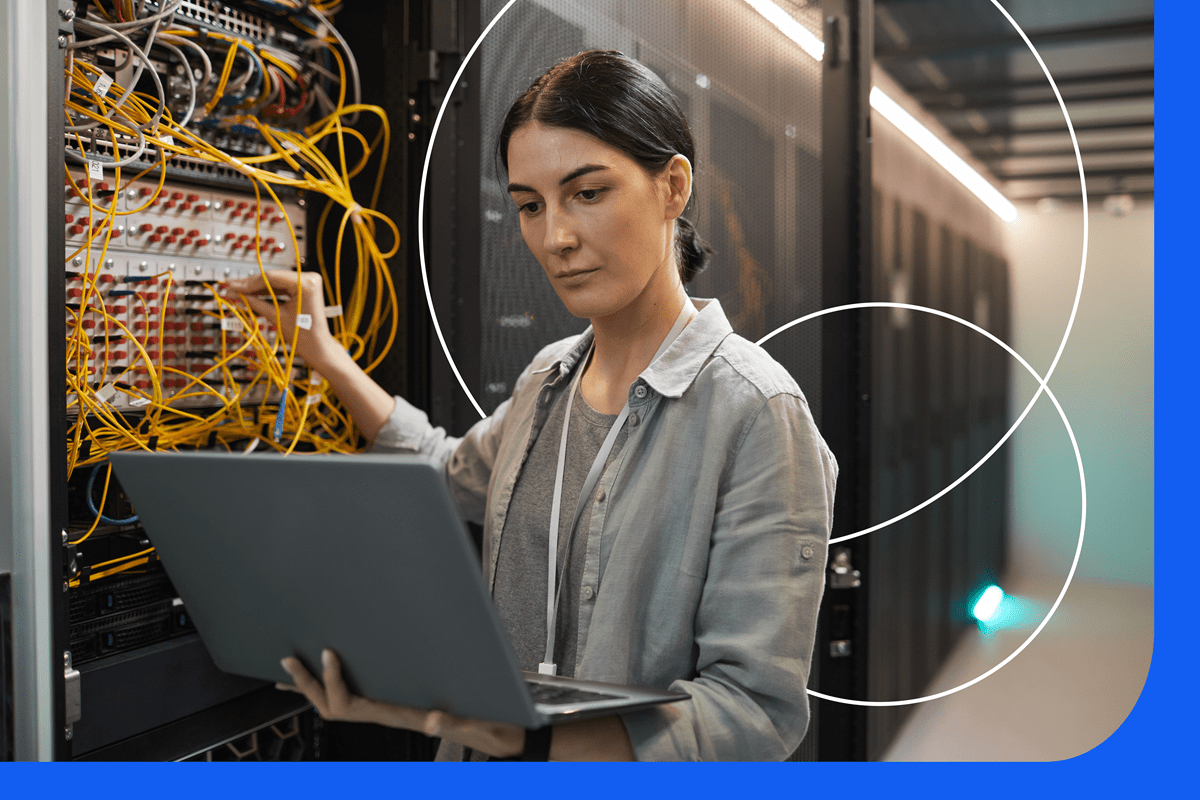If you operate an on-premises data centre or lease the infrastructure and hardware from a third-party provider, you understand the paramount importance of maintaining cutting-edge and efficient hardware. The process of hardware refresh entails replacing outdated or underperforming equipment with newer, more potent devices.
Hardware refreshes hold the key to enhancing your data centre's performance, reliability, security, scalability, and energy efficiency.
Unveiling the Essence of Hardware Refresh
The advantages of hardware refresh manifest in various forms:
Performance: Fresh hardware carries the ability to manage heavier workloads, accelerate data processing, and seamlessly support advanced applications. This infusion of power propels your data centre's productivity, responsiveness, and competitive edge.
Reliability: Aging hardware is susceptible to glitches, errors, and downtime. Such occurrences could taint your data centre's availability, quality, and customer satisfaction. The remedy lies in hardware refresh, which minimizes the risk of hardware failures and ensures your data centre's steady operation.
Security: Outmoded hardware might not align with the latest security standards, patches, and updates. This vulnerability opens the door to cyberattacks, data breaches, and compliance lapses. Hardware refresh empowers your data centre's security through the adoption of current and potent security measures.
Scalability: As your data centre evolves, the need for additional capacity, functions, and adaptability arises. Outdated hardware often struggles to accommodate these demands without costly upgrades. Hardware refresh fuels scalability by embracing modular, adaptable, and scalable hardware solutions.
Energy efficiency: Aged hardware tends to consume more power and emit more heat compared to modern counterparts. This spells higher operational costs and environmental consequences. Hardware refresh introduces energy-efficient alternatives, trimming power consumption and contributing to eco-friendliness.
The Optimal Hardware Refresh Frequency
While there's no universal rule for how often hardware should be refreshed, several variables influence the decision, including business requirements, budget, industry trends, and technological advancements. A general guideline suggests a hardware refresh every three to five years. This period aligns with most hardware vendors' three-year warranties, beyond which support costs may spike. Moreover, hardware typically boasts a lifespan of around five years, after which its performance may taper significantly.
However, relying solely on hardware age for refresh decisions falls short. Vigilant monitoring of performance, reliability, security, and efficiency is crucial. Indicators such as sluggish performance, recurrent failures, escalating power consumption, and compatibility issues signal that a refresh is due.
Crafting a Hardware Refresh Strategy: Essential Factors
For a successful hardware refresh you should consider the following:
Business goals: Align your hardware refresh strategy with your overarching business objectives. Define the benefits you aim to achieve, be it heightened performance, reliability, top-tier security, scalability, or efficiency improvements. Evaluate how the hardware refresh resonates with operational aspects such as productivity, customer service, revenue, and profitability.
Budget availability: Determine the financial scope for the hardware refresh and allocate funds judiciously. Evaluate the cost-benefit ratio of different hardware options and vendors, prioritising those that deliver optimal value. The total cost of ownership (TCO) is vital, encompassing not just purchase expenses but installation, maintenance, support, upgrades, and disposal costs.
Trends in technology: Staying attuned to the latest data centre technology trends and innovations is imperative. Examine how these trends can be leveraged to elevate your data centre's capabilities. Embrace best practices and standards while contemplating the integration of emerging technologies like cloud computing, AI, edge computing, or 5G to amplify your data centre's performance.
Planning: Plan a meticulous data and application migration strategy, ensuring minimal disruption to operations and data security. Strategise the timing and execution of migrations, perhaps during off-peak hours or phased rollouts. Rigorously test the migration process in advance and maintain a contingency plan in case of unexpected hiccups.
Do not underestimate its importance
Hardware refresh is a critical component for an optimal performance of your data centre. By methodically and strategically refreshing your hardware, you ensure that your data centre is in peak condition, consistently delivering optimal outcomes for your business. Through this continuous cycle of evolution, you have peace of mind that your data centre is operating as it should.
If your data centre is on-premises or the hardware you are leasing is in a data centre and has not been refreshed for some time, you may be adding unnecessary costs and not benefiting in the long term. BMIT’s experience in the infrastructure, data centre and hybrid IT space can prove invaluable to your business if you want to modernise your IT infrastructure, reduce costs and boost performance. Talk to us today!

